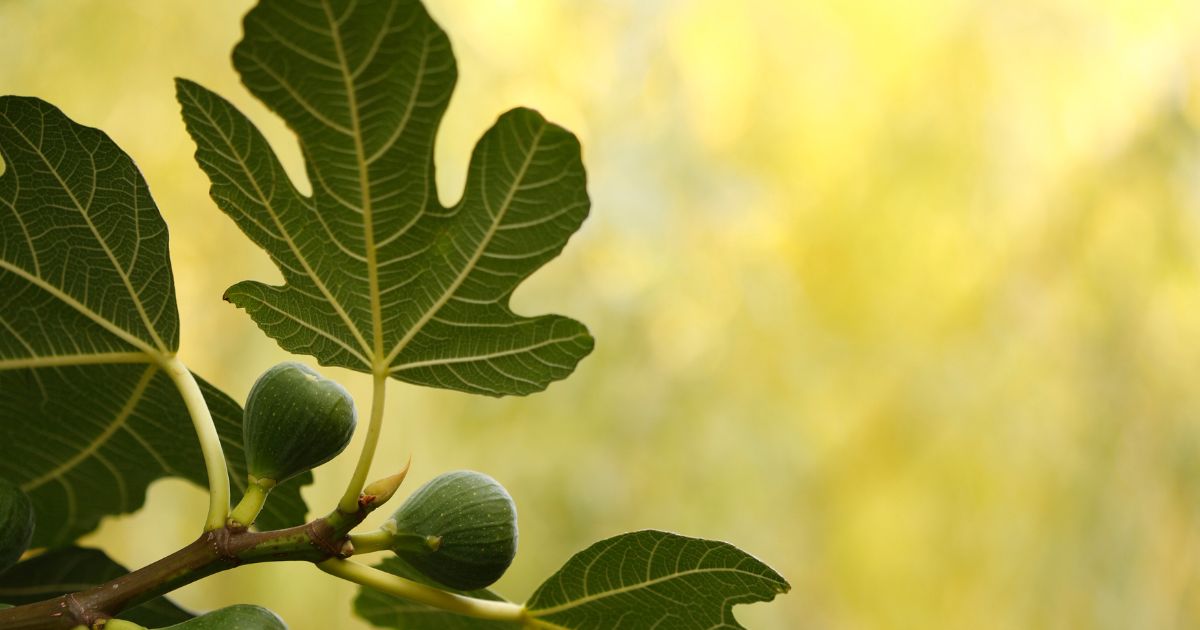Fig trees are an incredible addition to any garden, offering not only delicious fruits but also a touch of leafy elegance.
As we approach 2025, there are new insights and techniques to consider for successful fig planting. Here’s what you need to know to cultivate thriving fig trees in the coming year.
1. Choosing the Right Fig Variety
Selecting the right fig variety is crucial for a successful harvest. Consider climate compatibility and the space available in your garden. Popular options include Black Mission, Brown Turkey, and Kadota, each suited to different growing conditions.
2. Understanding Soil Requirements
Figs thrive in well-draining soil with a pH level between 6.0 and 6.5. Before planting, test your soil and amend it if necessary, ensuring it’s rich in organic matter to support healthy growth.
3. Optimal Planting Time
The best time to plant fig trees is in early spring, after the last frost. This timing allows the tree to establish roots before the heat of summer, leading to stronger growth.
4. Watering and Fertilization Techniques
Regular watering is essential, especially in dry periods. Utilize a drip irrigation system to provide consistent moisture. Fertilize with organic compost or a balanced fertilizer to encourage vigorous growth.
5. Pruning for Productivity
Pruning helps maintain tree shape and boosts fruit production. Focus on removing dead branches and shaping the tree to allow sunlight penetration. Late winter is the ideal time for pruning.
6. Pest and Disease Management
Protect your fig trees from common pests like aphids and beetles using organic sprays and nets. Regular inspections and timely interventions are key to keeping diseases at bay.
7. Harvesting and Storing Figs
Harvest figs when they are fully ripe, as they do not ripen well off the tree. Store them in a cool, dry place and enjoy them fresh or preserve them through drying or canning.







